Our mission [Explained]
Weekly updates to achieve AI safety and capabilities to rewind the enterprise AI mission

Adversarial attacks on enterprise AI: Understanding and mitigating the threats
As AI becomes increasingly integrated into critical business operations, a new breed of cyber threat is emerging: adversarial attacks.
These attacks exploit vulnerabilities in AI systems, aiming to manipulate their behavior, compromise their integrity, or steal sensitive data.
Understanding and mitigating these threats is crucial for enterprises seeking to deploy AI securely and responsibly.

AI-powered cybersecurity: The next frontier in enterprise defense
The digital battlefield is evolving rapidly, with cyber threats growing in sophistication and scale.
Traditional security measures are struggling to keep pace, creating an urgent need for innovative solutions.

Building trustworthy AI: essential frameworks for enterprise adoption
Building trustworthy AI systems is not just an ethical imperative; it's crucial for driving adoption, ensuring long-term success, and mitigating risks.
Trustworthy AI is built on key pillars: fairness, transparency, accountability, privacy, and security. These principles must be embedded throughout the AI lifecycle, from design and development to deployment and monitoring.
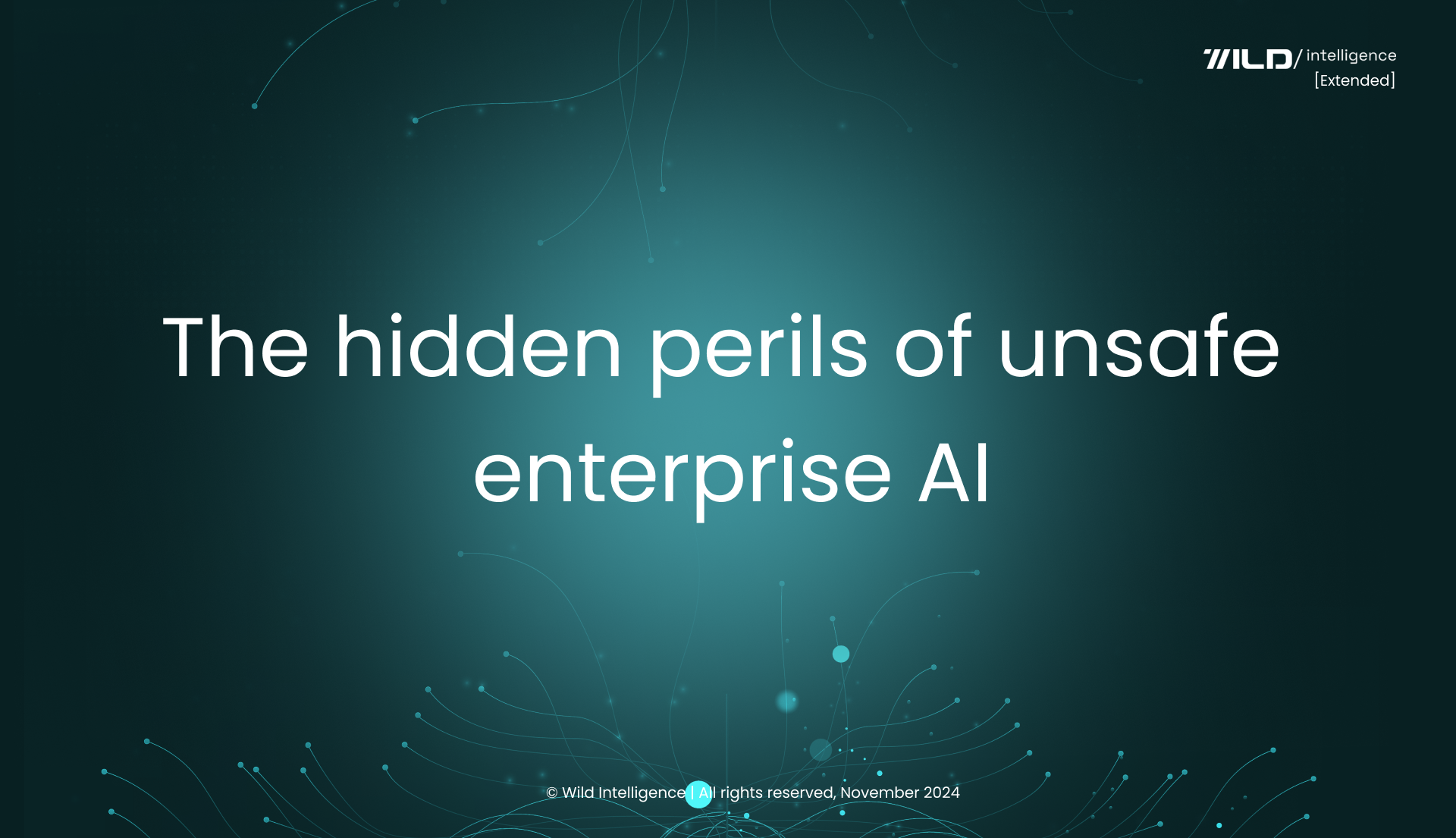
Regulatory and compliance landscape for the AI Enterprise
AI systems, trained on historical data that may reflect societal prejudices, can inadvertently perpetuate and even amplify these biases.
The consequences can be far-reaching, leading to discriminatory outcomes, eroded trust, and irreparable damage to an enterprise's reputation and financial standing.
From biased loan approvals and discriminatory hiring practices to skewed facial recognition and personalized recommendations, the manifestations of AI bias can be subtle yet impactful.
For decision leaders, recognizing and proactively mitigating these risks is not only an ethical imperative but also a strategic necessity.


The hidden perils of unsecured enterprise AI
AI has emerged as a transformative force, empowering enterprises across industries to optimize operations, glean insights, and foster innovation.
However, the rapid integration of AI technologies often outpaces the establishment of robust security frameworks, exposing organizations to a gamut of hidden risks.
Unsafe AI systems can act as gateways for cyberattacks, resulting in data breaches, operational disruptions, financial loss, and reputational harm.
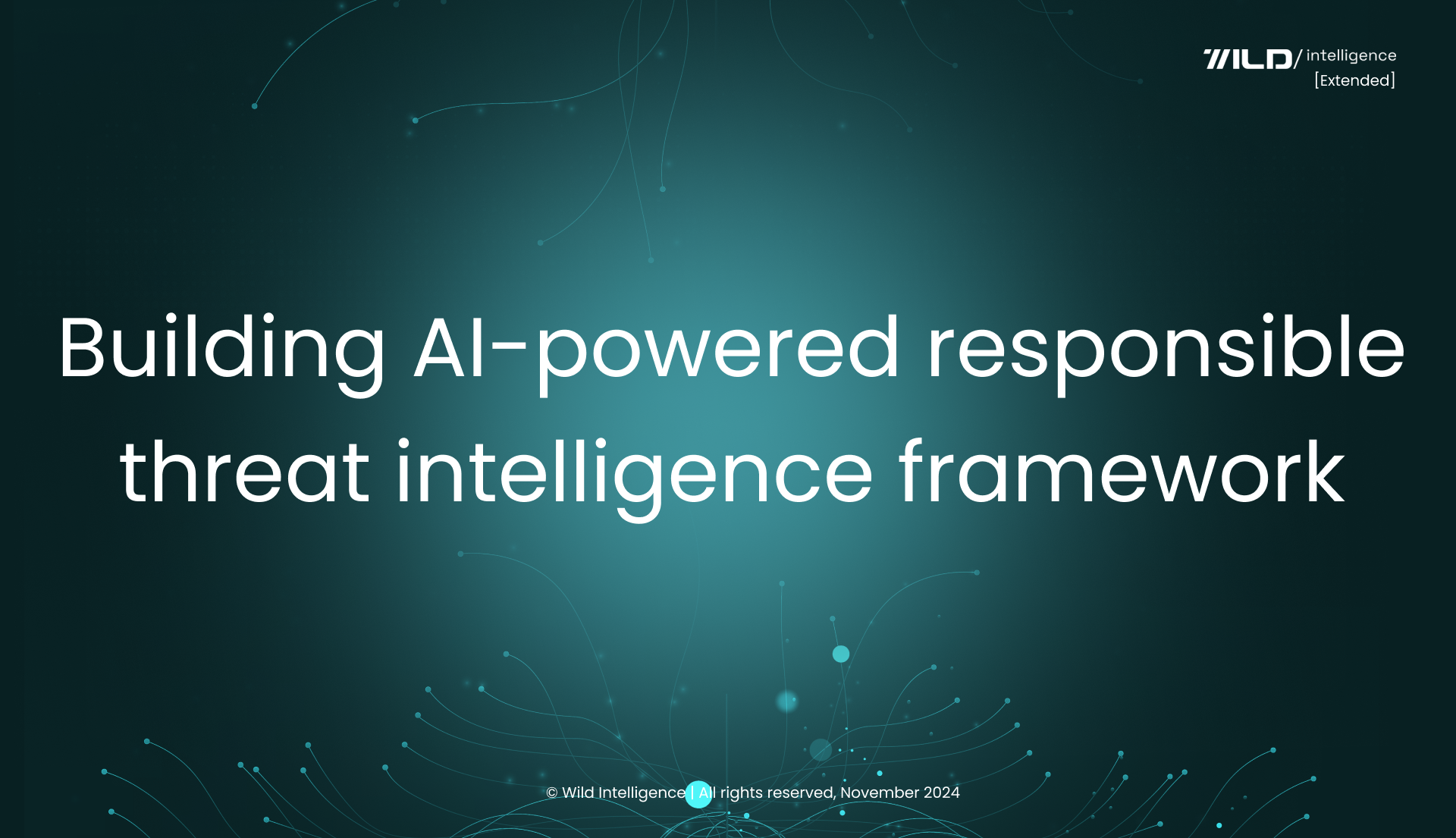
Building a responsible AI-powered threat intelligence framework
Imagine a world where AI not only protects us from cyber threats but does so in a way that upholds our values, respects our privacy, and promotes fairness.
This is the vision of responsible AI, a future where artificial intelligence is developed and deployed in a manner that is ethical, transparent, and accountable.
Building a responsible AI-powered threat intelligence framework is not just a technical challenge but a societal imperative.
It requires a holistic approach that considers not only the effectiveness of AI in combating cyber threats but also its potential impact on individuals, communities, and society as a whole.
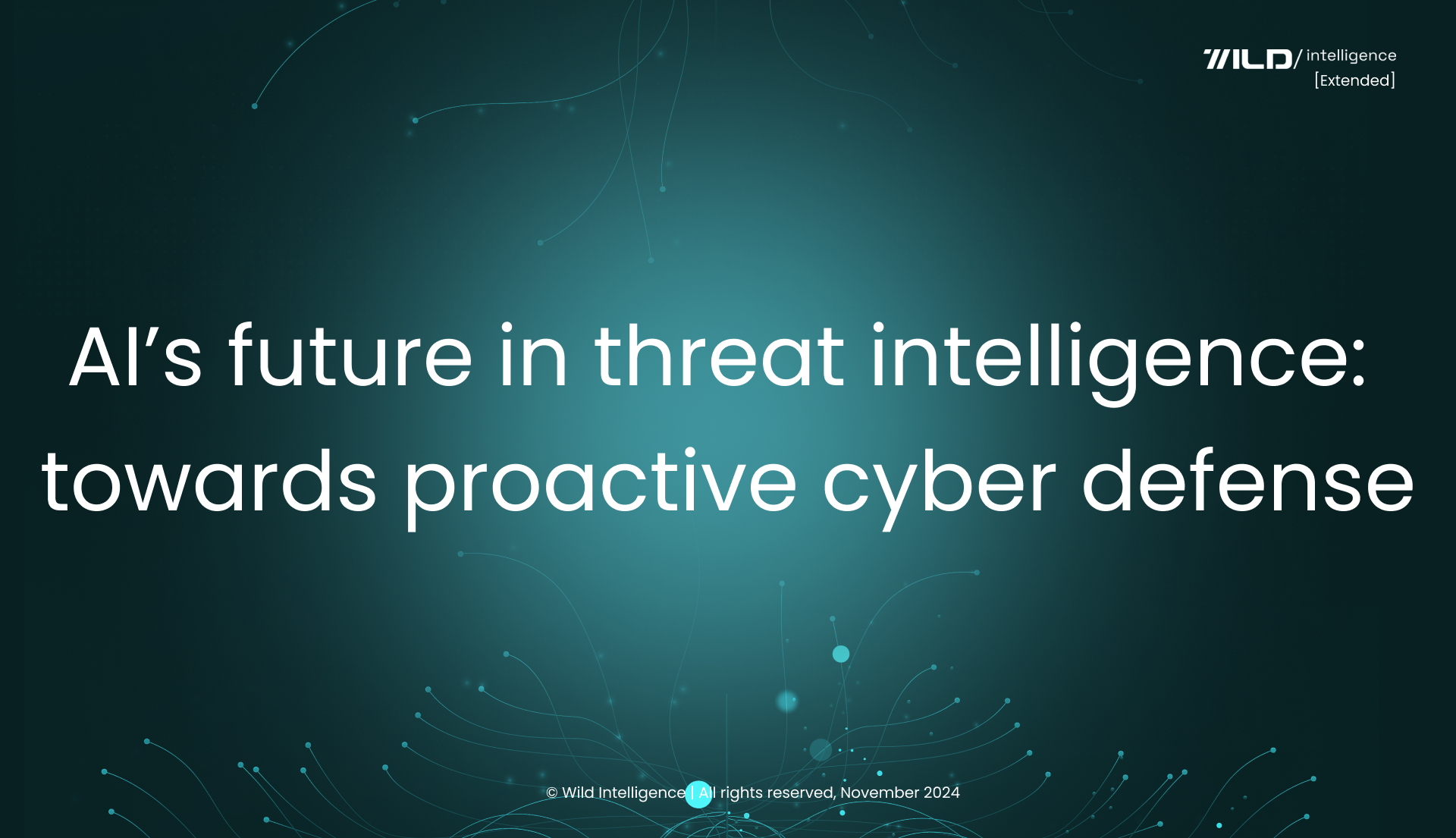
AI’s future in threat intelligence: towards proactive cyber defense
Imagine a world where cyberattacks are anticipated and neutralized before they even strike.
A world where vulnerabilities are patched before they can be exploited, and cyber threats are identified and mitigated before they can cause harm.
This is the promise of proactive cyber defense, a future where AI takes center stage in the ongoing battle against cybercrime.
AI is poised to revolutionize threat intelligence, enabling a paradigm shift from reactive to proactive security.
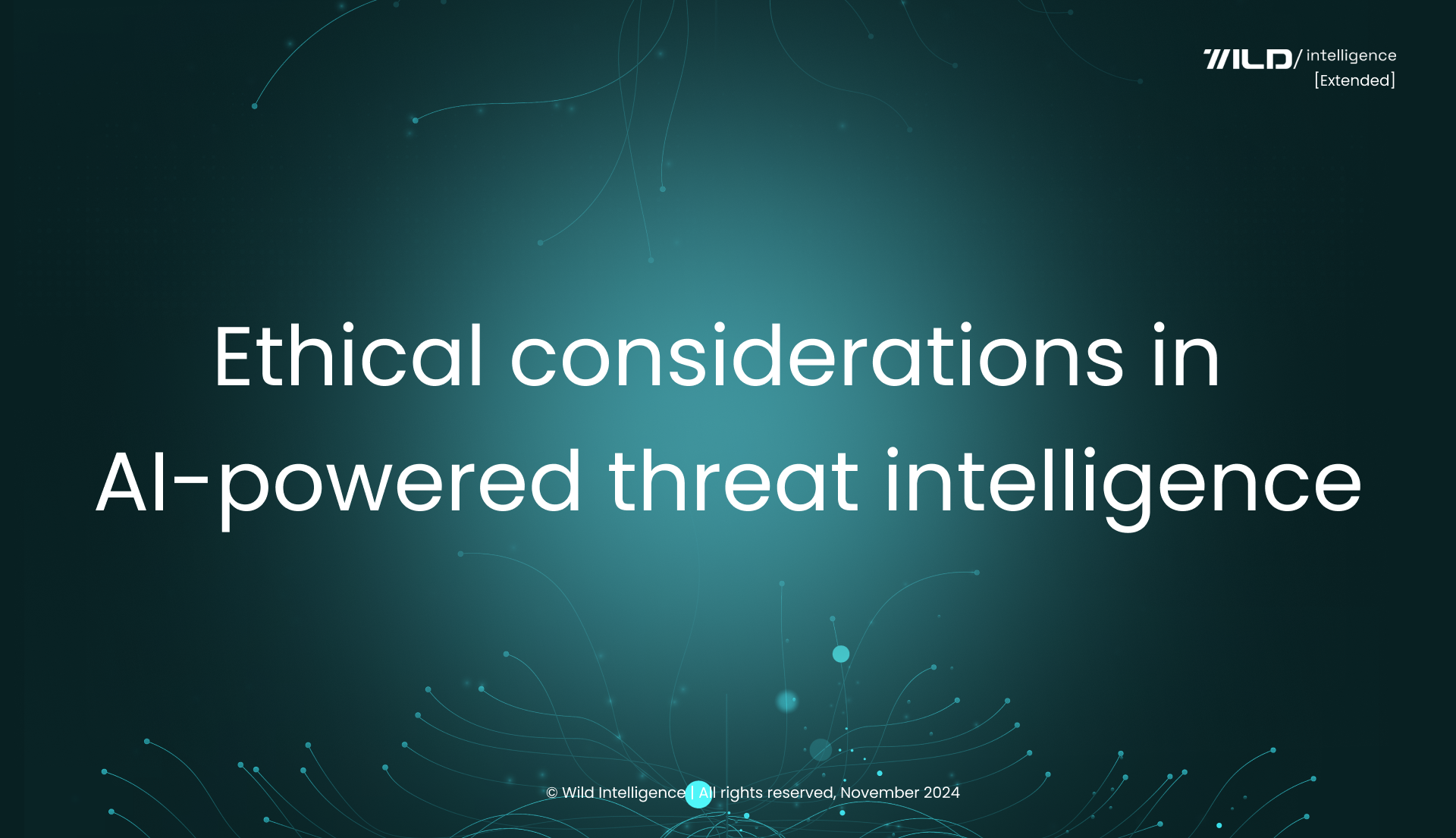
Ethical considerations in AI-powered threat intelligence
Imagine a world where AI algorithms sift through your every digital interaction, flagging potential threats and protecting you from harm.
Sounds ideal, right? But what if those same algorithms, trained on biased data, unfairly target certain individuals or groups?
What if pursuing security comes at the cost of privacy, eroding fundamental freedoms and civil liberties?
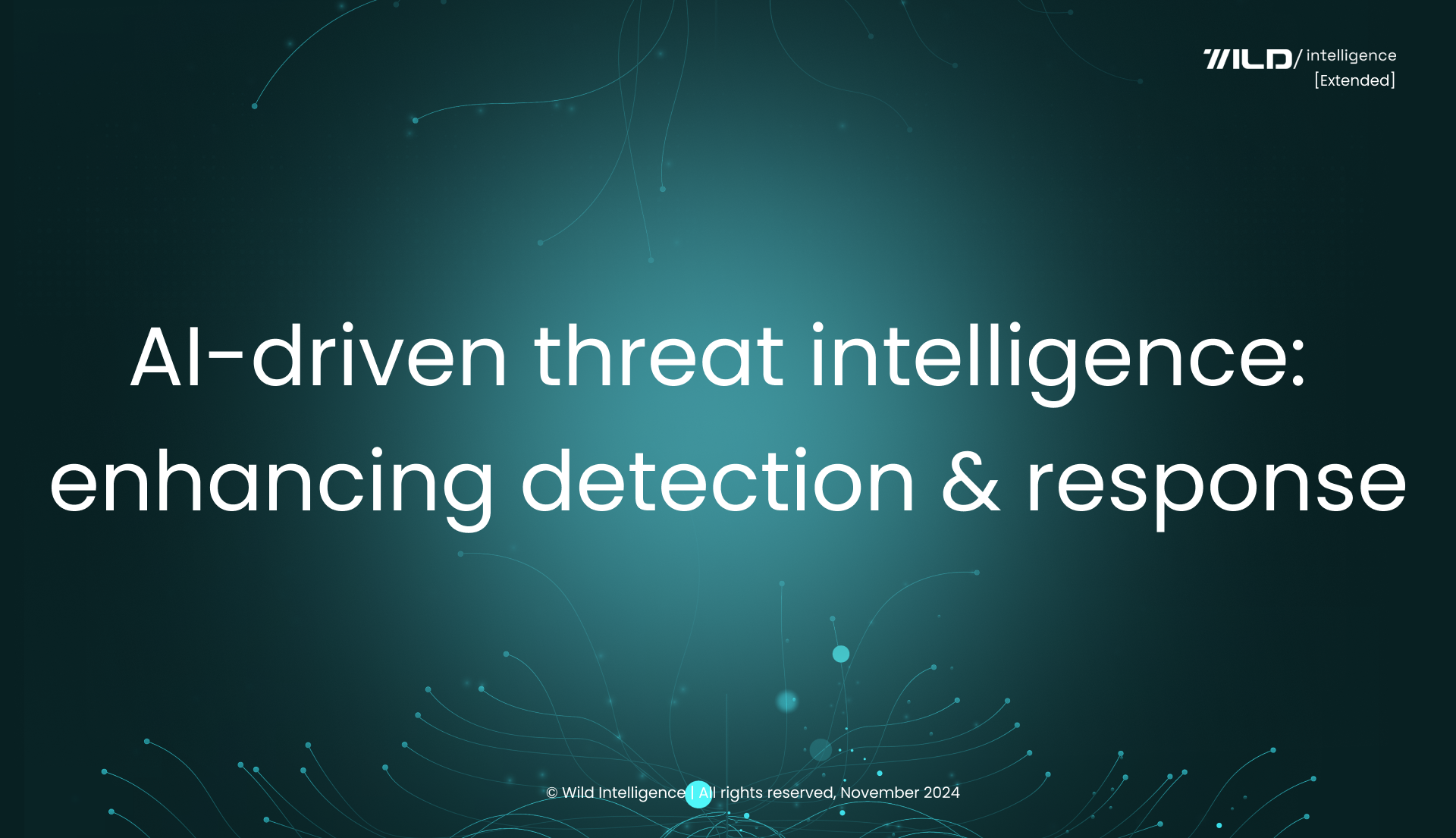
AI-driven threat intelligence: enhancing detection and response
Imagine a vast digital ocean teeming with data – a swirling mix of network traffic, user activity, system logs, and security alerts.
Within this sea of information lie hidden treasures: crucial insights that can reveal malicious intent, predict impending attacks, and safeguard critical assets.
But how do we navigate this overwhelming expanse and extract the valuable intelligence we need?
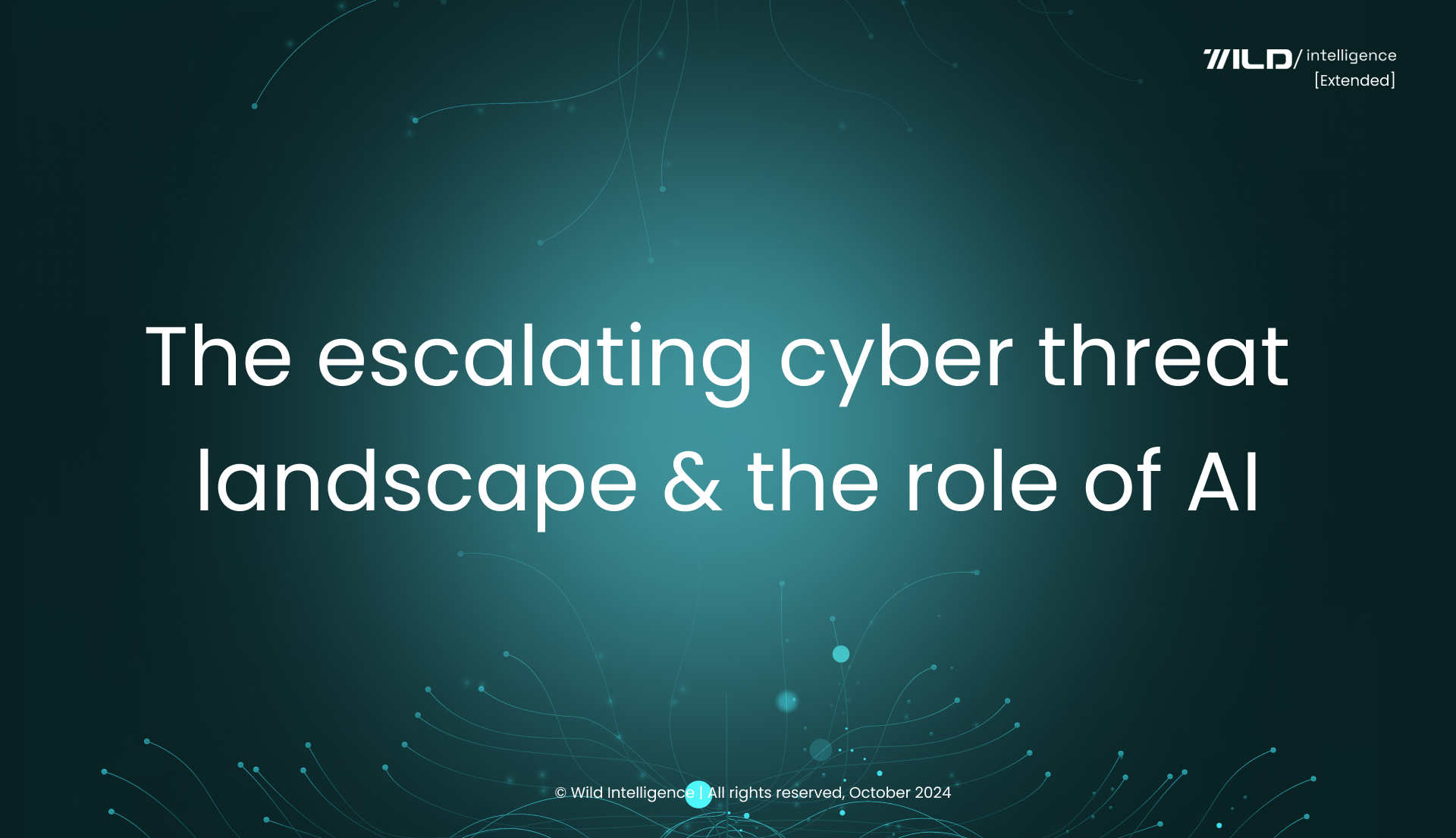
The escalating cyber threat landscape and the role of AI
Imagine a world where cyberattacks are not just isolated incidents but a relentless storm, constantly battering the defenses of organizations worldwide.
This is the reality we face today.
The digital realm has become a battleground where malicious actors, armed with increasingly sophisticated tools and techniques, relentlessly probe for weaknesses.
Is AI safety an illusion?
We're hurtling towards an AI-powered future where safety is paramount, yet the very systems designed to protect us could pose the greatest threat.
These complex algorithms, entrusted with safeguarding our well-being, operate in ways we don't fully understand.
